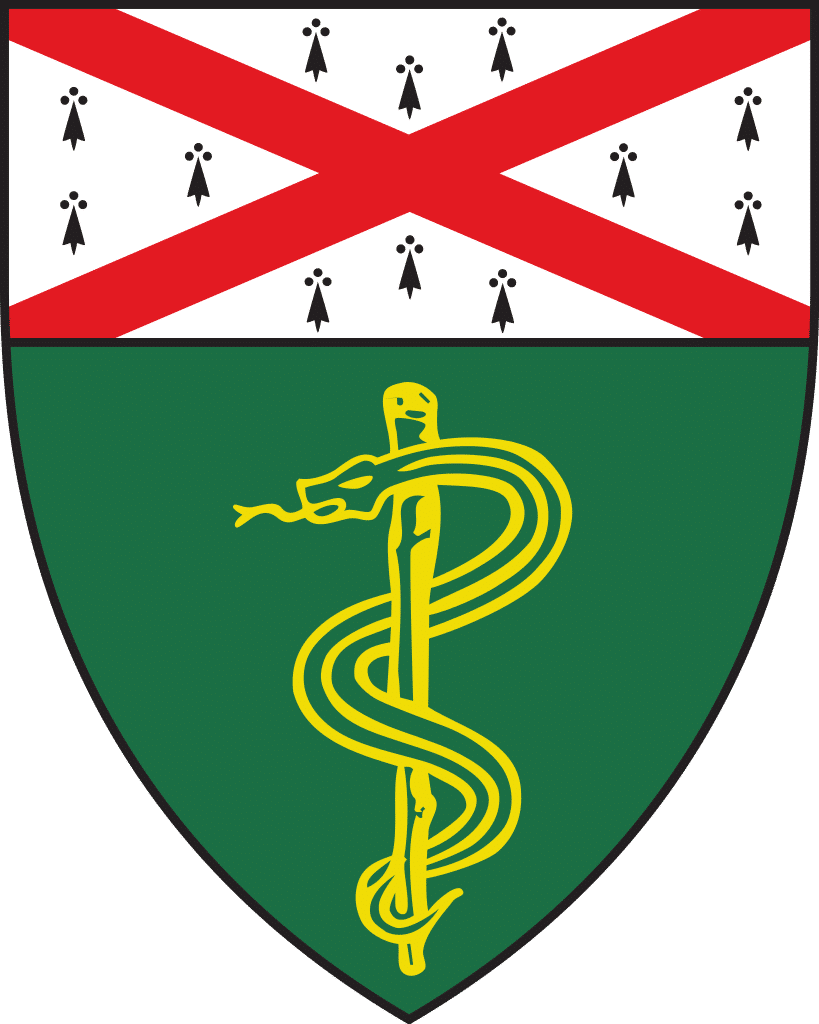Scientists find new autoimmune disease mechanism that explains why B cells self-react
2023-10-02
细胞疗法

Preview
来源: FierceBiotech
New findings suggest the old way of thinking around what makes B cells self-react in autoimmune disease might have left out some key details.
Scientists have found a new piece in the puzzle that explains why B cells self-react in autoimmune disease—and, with it, a potential new treatment strategy.
In an article published Sept. 29 in the Journal of Experimental Medicine, a research team led by scientists from the Yale University School of Medicine and the Hospital for Special Surgery in New York reported that the loss of the receptor TLR9, found in immune cells called B cells, can cause those cells to attack the body’s own tissues. The findings could ultimately inform new treatments for patients with conditions like lupus and scleroderma.
“Our data … provide a rationale for the development of novel therapeutic strategies for [scleroderma and lupus] that will aim at correcting impaired TLR9 function in B cells to restore both central and peripheral B cell tolerance and suppress autoimmune manifestations,” the researchers wrote in their paper.
Scientists have known for years that self-reactive B cells are one of the culprits behind autoimmune disease. Prior to this study, the prevailing dogma was that the rogue cells weren’t taken out by the body because of abnormalities in a different receptor called a B-cell receptor. Under normal conditions, if a developing B cell in the bone marrow binds to a self-antigen—that is, a protein found on the surface of a body’s own cells—other immune cells will destroy it in a process known as central tolerance. But certain gene mutations or environmental exposures can cause the B-cell receptor to malfunction in a way that it evades destruction.
The new findings, however, show that there’s more to the story. Following clues from previous studies that suggested that the TLR9 receptor, found inside B cells, was required for central tolerance, the scientists set out to see how altering it would make a difference in autoimmune disease development.
First, they took B cells from patients with scleroderma and lupus and tested their TLR9 responses. They found that, unlike in healthy cells, the TLR9 receptor didn’t respond to stimulation, suggesting it was impaired. The link between that finding and autoimmune disease was validated in mice: Depleting TLR9 led to an increase in self-reactive B cells and antibodies.
What might be the source of the dysfunction? One possible answer came from previous studies on a signaling protein called CXCL4 that showed it was elevated in the blood of patients with scleroderma, lupus and other autoimmune diseases that affect the joints, tendons and bones.
To see how the protein interacted with the TLR9 receptor, the researchers tried to stimulate the TLR9 receptor in the presence of CXCL4 in human and mouse B cells. Signaling molecules involved in central tolerance were inhibited; upon closer examination, the scientists saw that this stemmed from CXCL4 binding to and preventing the delivery of DNA fragments to TLR9, which otherwise would have upregulated those molecules and induced central tolerance.
The findings add a new dimension to the source of autoimmune disease by showing that a mechanism other than B-cell receptor signaling is responsible for removing self-reactive B cells, study co-lead Eric Meffre, Ph.D., who was at Yale at the time of the study but is now with Stanford, noted in a press release. They also suggest that inhibiting CXCL4 could provide a potential means of therapy,
“Correcting defective TLR9 function in B cells from patients with [scleroderma] and perhaps other autoimmune diseases, potentially by neutralizing CXCL4, may represent a novel therapeutic strategy to restore B cell tolerance,” he said in the release.
更多内容,请访问原始网站
文中所述内容并不反映新药情报库及其所属公司任何意见及观点,如有版权侵扰或错误之处,请及时联系我们,我们会在24小时内配合处理。
药物
-来和芽仔聊天吧
立即开始免费试用!
智慧芽新药情报库是智慧芽专为生命科学人士构建的基于AI的创新药情报平台,助您全方位提升您的研发与决策效率。
立即开始数据试用!
智慧芽新药库数据也通过智慧芽数据服务平台,以API或者数据包形式对外开放,助您更加充分利用智慧芽新药情报信息。





